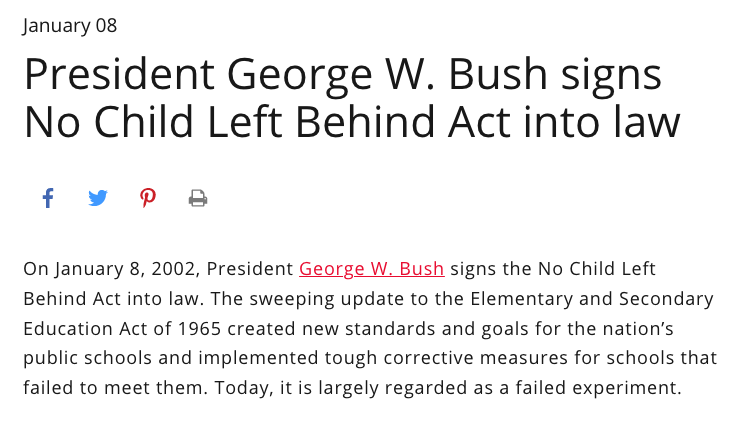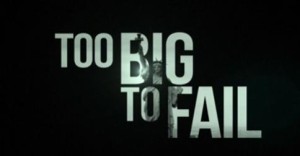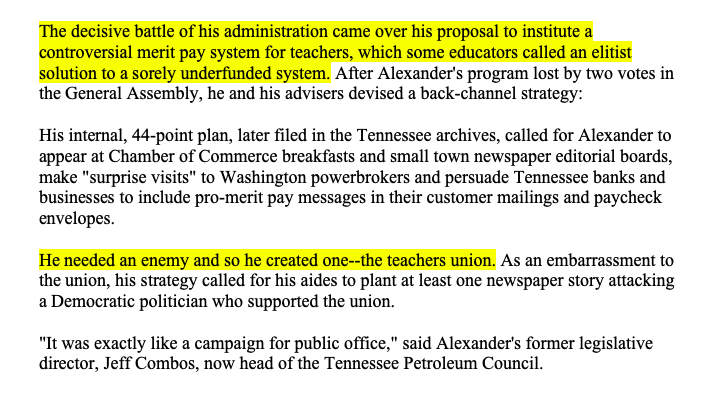“The nation’s governors developed Common Core.” That is the Bloomberg View on the development of The Core. Readership? Probably pretty widespread!
And the history of Common Core is being told in this U.S. News & World Report and elsewhere as having been started by former Arizona Gov. Janet Napolitano. Her (?) 2008 report is purported to be what has led the way ever since. After that bite of information, this article depends on Rick Hess (resident scholar at the American Enterprise Institute) and Dane Linn (VP of the Business Roundtable, Education and Workforce Committee) to tell the story.
The article then leads its readers to believe that Achieve (a Bill Gates created organization) stepped in to help. Fact: “they” were in it all along!
And low and behold, “It was decided that ‘the key to advancing any of these recommendations [made by the governors] was to start with the standards,’ Linn says.”
The rest of the story, as told in this article, paints a picture of the arduous work of creating these new “benchmarked” standards by the main stakeholder groups —union and non-union members holding hands— to produce our wondrous “new” standards. The backlash to Common Core is painted as purely political.
The events that unfolded with the unveiling of Common Core and its tests “served as fodder for the federal-overreach debate.”
The real truth; right in the Memorandum of Agreement, which governors and school chiefs signed, it states (page 3):
In particular, the federal government can provide key financial support for this effort in developing a common core of state standards and in moving toward common assessments, such as through the Race to the Top Fund authorized in the American Recovery and Reinvestment Act of 2009. Further, the federal government can incentivize this effort through a range of tiered incentives, such as providing states with greater flexibility in the use of existing federal funds, supporting a revised state accountability structure, and offering financial support for states to effectively implement the standards. Additionally, the federal government can provide additional long-term financial support for the development of common assessments, teacher and principal professional development, other related common core standards supports, and a research agenda that can help continually improve the common core over time. Finally, the federal government can revise and align existing federal education laws with the lessons learned from states’ international benchmarking efforts and from federal research.”
Federal involvement appears to be dictated by the Common Core agreement. Governors signed it.
So when did The Core start? 2007 with Bill Gates, the most influential person in education reform policy? 2008 with the governors (and Gates funded Achieve)?
Was it “just” accelerated in 2009 with a group of high-powered “thinkers” getting together in D.C. to produce Smart Options and deciding that “priority 1” is to develop common American standards with our Recovery Act dollars?
At the moment, the truth is our reality. The rest of the story is this — The copyright on Common Core standards are privately held by two D.C. unions of bureaucrats. The National Governors Association (NGA) and Council of Chief States School Officers (CCSSO) are nothing more than that – D.C. unions of government officials with no responsibility for results and with very murky transparency as to the flow of money.
The Chief architect of Common Core – Mr. David Coleman – sat on the Smart Options committee and directs the College Board (SAT testing)….There are lots of private dollar connections….D.C. insiders pushed The Common Core…..The plans have always been to use federal law to make this “work.” Question is; whom is it working for?
#WorkForMe
America, wake up! ———–This isn’t about “just standards.”
If we want national standards for our public schools that prepare students for college, isn’t it public colleges and universities that are most aware of the knowledge and skills gaps they are seeing in their students? Wouldn’t it make more sense to assign them to the task of helping us improve the education of our public school children? Won’t gaps in student preparation differ in degree and areas of concern depending on the current quality of education in a given location?
Run this by me again, why are we redoing the whole system and gearing it towards another one-size-fits –all “fix”? Twisted thinking, me thinks.













